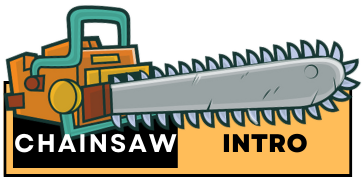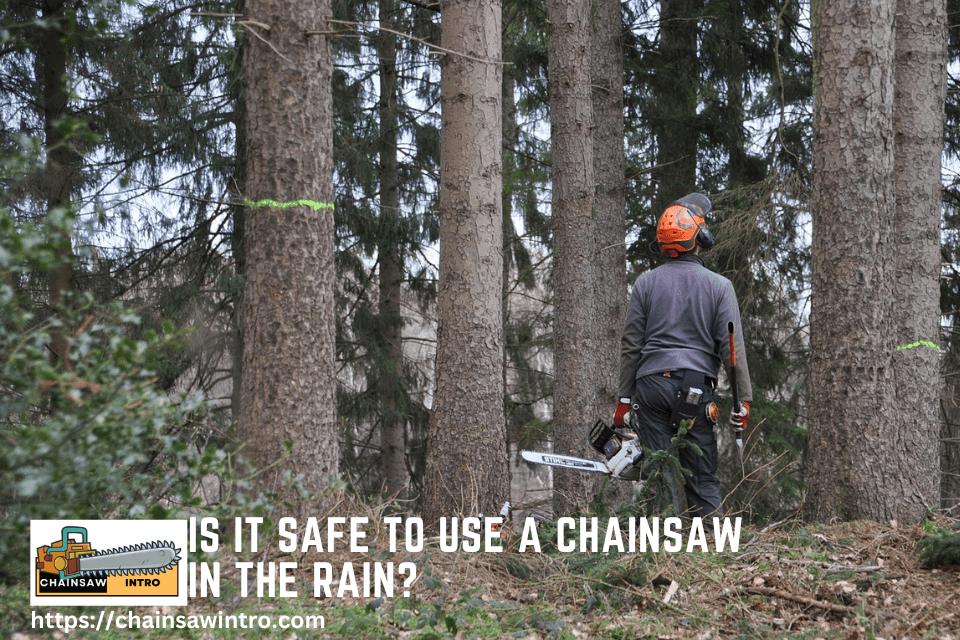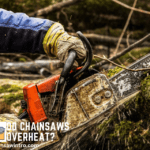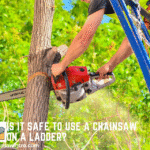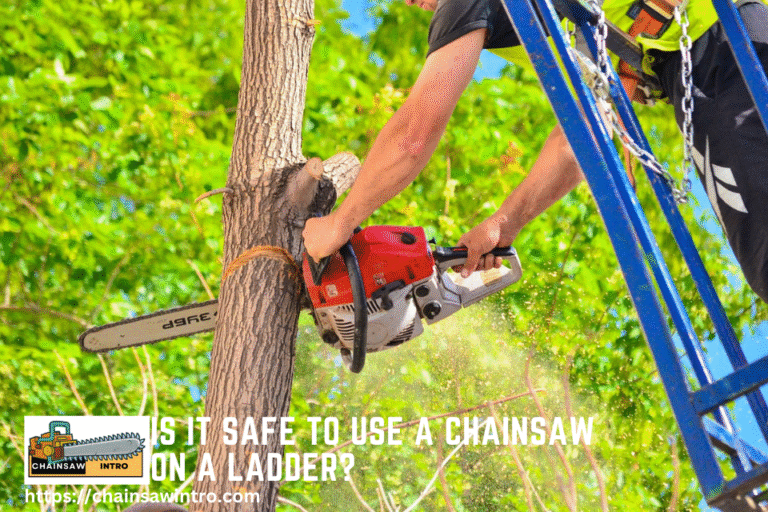Chainsaws are powerful tools designed to cut through wood with speed and precision. While they are extremely useful for tree trimming, storm cleanup, and yard maintenance, one common question arises: is it safe to use a chainsaw in the rain? The short answer is no—operating a chainsaw in wet conditions can be risky for both the user and the machine. However, the details depend on whether you’re using a gas-powered chainsaw or an electric/battery model, and what precautions you take.
In this article, we’ll explore the dangers of using a chainsaw in the rain, the differences between chainsaw types, and best practices to ensure safety during wet-weather cutting.
Why Using a Chainsaw in the Rain Can Be Dangerous?
Using a chainsaw in rainy conditions comes with multiple hazards, including:
1. Electrical Shock Risk (Electric Chainsaws)
If you’re using a corded or battery-powered chainsaw, rain can expose you to the risk of electrical shock. Moisture can seep into the motor or battery compartment, potentially damaging components or causing sparks and short circuits.
2. Reduced Grip and Control
Rain makes wood, tools, and your gloves slippery. Chainsaws demand a firm grip for safety, and wet handles increase the risk of losing control of the tool.
3. Slippery Ground and Falling Hazards
Wet conditions make ground surfaces muddy and slick, raising the chance of slips, trips, and falls while handling a running chainsaw. Cutting on unstable footing is one of the leading causes of chainsaw accidents.
4. Visibility Issues
Rain can blur your vision, fog up protective eyewear, and reduce depth perception. Poor visibility increases the chance of misjudging cuts, leading to dangerous mistakes.
5. Increased Wear on the Chainsaw
Rain and wet wood can accelerate rust, corrosion, and chain dullness. Wet sawdust also clogs air filters faster, reducing performance.
Gas Chainsaws vs. Electric Chainsaws in the Rain
The risks of using a chainsaw in the rain vary depending on the type of chainsaw:
Gas-Powered Chainsaws
- Less prone to electrical issues.
- Can technically run in wet conditions.
- Still unsafe due to slipping hazards, visibility problems, and wet chain risks.
- Exposure to water increases maintenance needs (rust, clogged air filters, etc.).
Corded Electric Chainsaws
- The most dangerous option in rain.
- Water exposure combined with live electricity poses a severe electrocution risk.
- Should never be used outdoors in wet conditions.
Battery-Powered Chainsaws
- Safer than corded models, but not waterproof.
- Battery packs and motors are vulnerable to water intrusion, causing shorts and long-term damage.
- Rainy use voids many manufacturer warranties.
Cutting Wet Wood vs. Cutting in the Rain
It’s important to distinguish between cutting wet wood and operating a chainsaw in the rain.
- Cutting Wet Wood: Safe with proper maintenance. Wet wood may dull chains faster but does not pose immediate hazards if conditions are dry.
- Using a Chainsaw in Rain: Unsafe because it combines tool hazards with environmental dangers like slipping, poor visibility, and water damage.
Safety Precautions if You Must Use a Chainsaw in the Rain
Sometimes storms cause fallen trees or blocked driveways, and waiting for clear weather isn’t an option. If you must use a chainsaw in wet conditions, follow these safety guidelines:
- Use a Gas Chainsaw Only – Avoid electric or battery-powered saws during rain.
- Wear Non-Slip Gear – Waterproof gloves and boots with strong traction are essential.
- Keep the Work Area Clear – Remove debris and ensure stable footing before cutting.
- Avoid Overhead Cutting – Wet branches are heavier and unpredictable, increasing risks.
- Dry the Chainsaw Regularly – Wipe down handles and housing to maintain grip.
- Stop During Heavy Rain or Thunderstorms – Never use a chainsaw during lightning storms or extreme downpours.
Long-Term Effects on Your Chainsaw
Even if your chainsaw works fine during rainy use, moisture can cause:
- Chain rusting
- Clogged filters from wet sawdust
- Corrosion in engine or motor parts
- Electrical failures (in battery/electric saws)
To minimize damage, always:
- Clean and dry your saw after wet use.
- Apply bar and chain oil generously.
- Store in a dry, sheltered location.
Expert Recommendations
- OSHA (Occupational Safety and Health Administration) strongly advises avoiding power tools in wet conditions due to increased hazards.
- Chainsaw manufacturers like Stihl, Husqvarna, and Echo warn against operating electric or battery saws in rain, as it voids warranties and raises risks.
- Professional arborists generally wait for clear conditions unless immediate storm cleanup is required.
Safer Alternatives to Chainsaw Use in the Rain
To avoid the risks of rain use, consider these safer alternatives:
- Postpone Work: Wait for dry conditions to ensure better footing, visibility, and equipment safety.
- Use Manual Tools: For small tasks like pruning, use hand saws or loppers, which are safer in wet conditions and produce no electrical or fuel-related risks.
- Hire Professionals: For urgent storm cleanup, certified arborists have the training and equipment (e.g., bucket lifts) to work safely in adverse conditions.
- Use Weather-Resistant Tools: If cutting is necessary, opt for tools with high IPX ratings or gas-powered chainsaws designed for rugged conditions.
These options minimize risks while allowing you to complete necessary tasks efficiently.
Conclusion: Prioritize Safety in Wet Conditions
So, is it safe to use a chainsaw in the rain? For most situations, the answer is no. Electric chainsaws pose a high risk of electrocution, while even gas models become harder to handle in slippery, low-visibility conditions. While emergency situations may force you to use a chainsaw in wet weather, it’s best to wait for clear conditions whenever possible. Protect yourself, your neighbors, and your equipment by respecting the risks that come with mixing chainsaws and rain.
Frequently Asked Questions
Can you use a chainsaw in the rain?
It is not recommended. Wet conditions increase the risk of slipping, poor visibility, and damage to the chainsaw.
Is it safe to use an electric chainsaw in the rain?
No. Using an electric or battery-powered chainsaw in rain poses a high risk of electrical shock and can damage the motor or battery.
Is cutting wet wood with a chainsaw the same as cutting in the rain?
No. Cutting wet wood is safe in dry conditions, but using a chainsaw in active rain is unsafe due to environmental hazards.
Can a gas-powered chainsaw be used in wet conditions?
Gas chainsaws are safer than electric models in the rain, but still risky due to slippery ground, poor grip, and reduced visibility.
What should I do if my chainsaw gets wet?
Turn it off, dry it thoroughly, clean the chain, check the air filter, and apply oil to prevent rust and corrosion before storing.
I’m a chainsaw expert with over 8 years of hands-on experience in forestry, landscaping, and property maintenance. Over the years, I’ve worked with top brands like Stihl, Husqvarna, and Oregon, and I’m certified in chainsaw safety and maintenance practices. My goal is to share practical guides, honest reviews, and proven safety tips to help homeowners, DIYers, and professionals use chainsaws more effectively and confidently.
